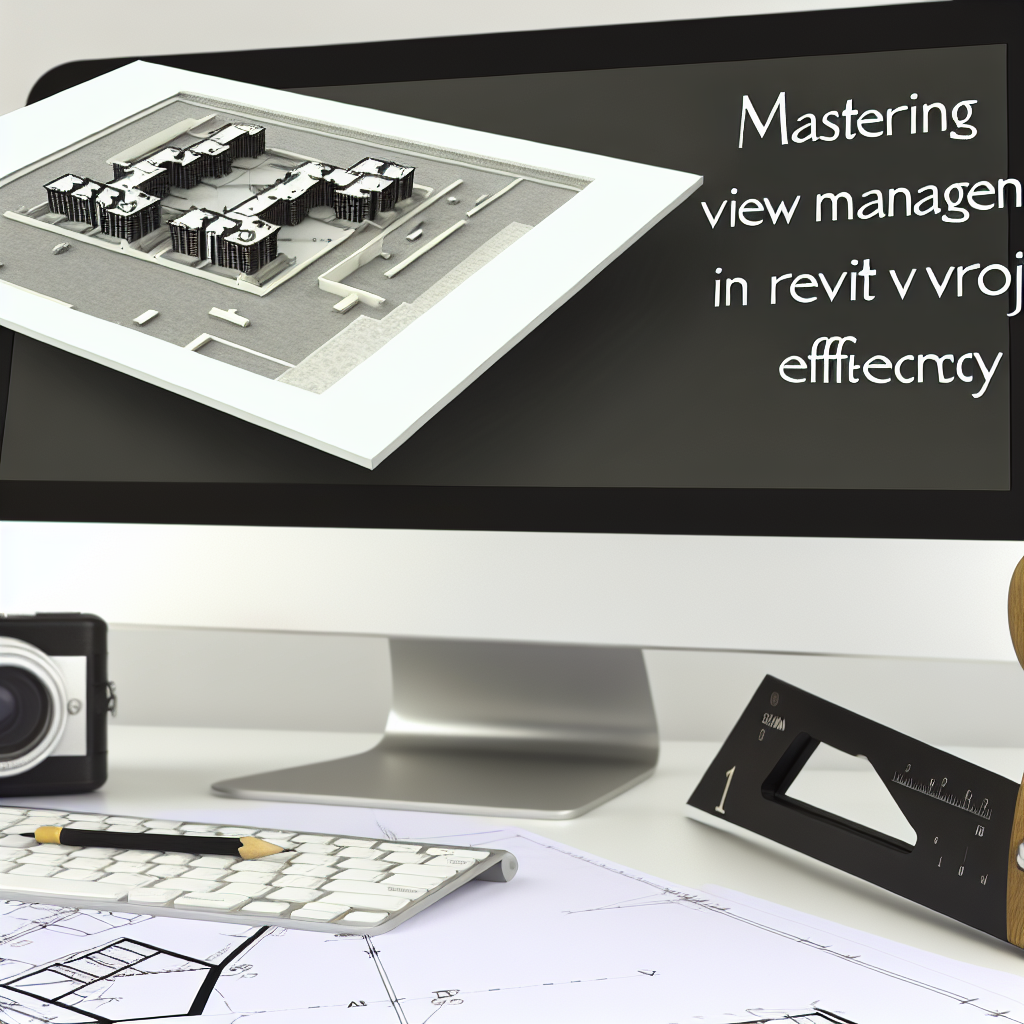Effective view management in Revit is essential for streamlining your workflow and ensuring clarity in complex project models. Mastering how to organize, create, and customize views helps teams communicate more effectively and reduces errors. In this article, we will explore key techniques for managing views in Revit, providing you with practical tips to enhance your project efficiency.
Understanding the Fundamentals of View Management
Revit’s view management features are designed to give users granular control over how different elements of a project are displayed and organized. Initially, understanding the various types of views—such as plan views, 3D views, elevations, and sections—is crucial. Each view type serves a specific purpose, and knowing when and how to utilize them enhances project clarity and coordination.
One of the foundational tools in Revit is the View Scale, which adjusts the level of detail displayed. Proper use of view templates allows you to apply consistent visual styles across multiple views, ensuring uniformity in presentation. Additionally, setting up view filters enables users to isolate specific elements, such as loads or structural components, making it easier to troubleshoot and analyze complex models.
Another key aspect is organizing views into project browsers and creating view templates tailored to different disciplines or stages of design. This organization allows teams to quickly access relevant views and maintain standardized presentation styles, which is vital in collaborative environments.
Creating and Customizing Views for Better Project Coordination
To maximize efficiency, Revit users should leverage view creation and customization tools strategically. Creating dedicated views for specific tasks—such as detailed structural inspections or MEP coordination—helps focus analysis on particular elements without cluttering the workspace. Customizing views with targeted filters and graphic display options enhances readability and highlights critical details.
For example, you can tailor 3D views to emphasize certain systems by applying section boxes or adjusting visibility/graphics overrides. Saved view settings, including annotation styles and view extents, enable quick regeneration of preferred perspectives. Furthermore, using view templates automates the application of visual standards, saving time and reducing inconsistencies across the project.
In collaborative projects, maintaining a consistent view organization is vital. Sharing view templates and standards ensures that all team members interpret and work with views similarly, preventing miscommunication and streamlining review processes. Regularly updating and archiving views can also help track project progress and facilitate revisions.
In conclusion, mastering view management in Revit involves understanding the fundamental types of views, utilizing view templates, and customizing views to suit project needs. Efficient view organization and tailored visualization techniques enhance communication and productivity within your team. By applying these strategies, you can optimize your Revit workflow and produce more precise, professional project documentation.
